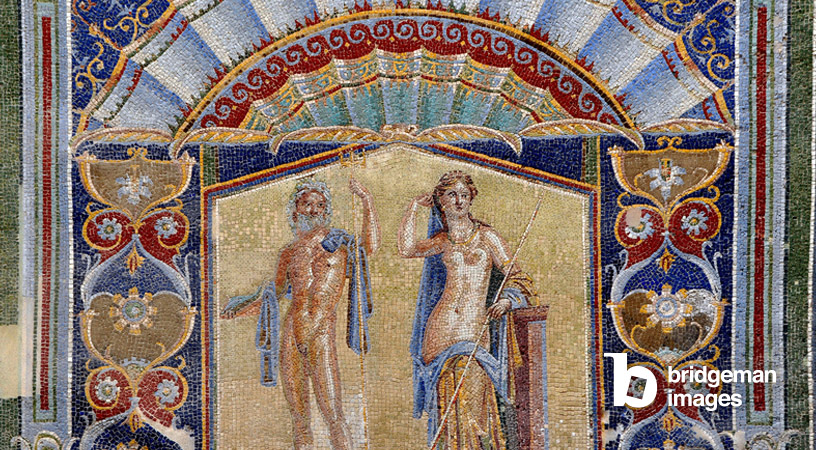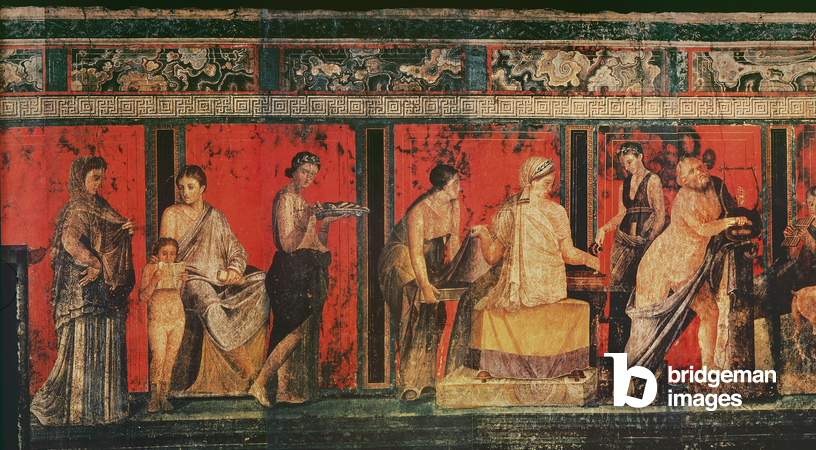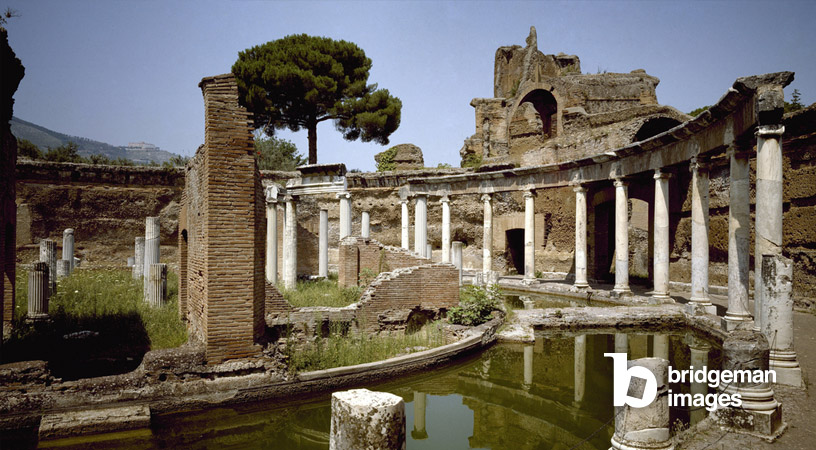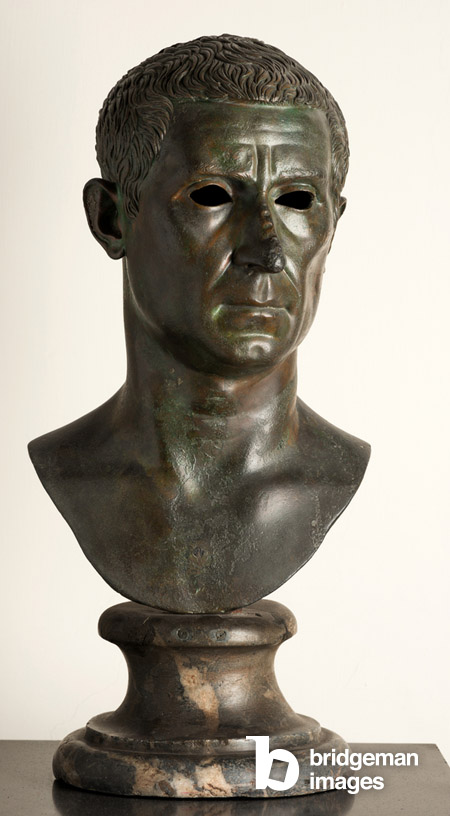Published 02/08/2023
Considering Roman art as a mere imitation of Greek art would be unjust and incorrect; however, it is undeniable that clear and acknowledged connections exist between these two ancient worlds.
View our selection of Ancient Roman Art.
According to legend, Aeneas, son of Aphrodite and hero of the Trojan War, settled in Latium after a long journey across the Mediterranean, and one of his descendants, Romulus, founded Rome in 753 BC.
Historically, Roman identity was shaped through economic exchanges and the political and military expansion of the empire across the Mediterranean. However, Roman art goes beyond the appropriation of Greek models; it also draws inspiration from the history of its own territory, including the pre-Roman era of Italian cities and the Etruscan kingdom, of which we have preserved some marvelous testimonies, such as terracotta sarcophagi, goldsmithing, and fresco paintings in tombs.

The Art of the Republic: Triumphs and Hellenistic Influences
During the Roman Republic (509 - 31 BC), the taste for Hellenistic forms developed mainly through the triumphant parade of war spoils taken from defeated Greek cities. Symbolically and concretely, the Romans thus appropriated a rich and luxurious heritage, as the spoils of war equated to seizing the spirit of the enemy.
In the cities, generals sought to glorify their victories by entrusting foreign artisans and artists, notably from Athens (like the Altar of Aemilius at Delphi), with the complete execution of architectural programs, statue ensembles, and painting cycles.
View our selection of mosaics and frescos from Pompeii.
For these generals, it was essential to inscribe a lasting mark of their military exploits in stone. Simultaneously, in aristocratic circles, private art developed with locally produced or imported paintings, mosaics, and sculptures to adorn the villas of wealthy families (like the Villa of the Papyri in Herculaneum).

The Art of the Empire: Evolution and Stability
With the advent of the Empire in 27 BC, the political purpose of art continues, particularly through heroic representations of the emperor (such as the Augustus of Prima Porta). However, the relative stability that follows the civil wars at the end of the Republic allows for the introduction of more pacifying themes, such as the Ara Pacis. In Rome, the ongoing construction of the forum provides the city with grand monuments organizing public life, such as the forum itself, theaters, amphitheaters, and public baths. At the same time, other major urban centers are developed following the oriented grid model.

In the 1st century, an initial period of turmoil agitates the Empire, while the tragic eruption of Mount Vesuvius freezes Pompeii in just a few hours, leaving behind a unique archaeological vestige for posterity.
Under the reign of Hadrian, the favorable economy of the Empire fosters artistic flourishing, as evidenced by Hadrian's Villa in Tivoli. However, the barbarian invasions of the 3rd century gradually begin to weaken Roman power. From the 4th century onwards, the architecture of cities in the Mediterranean world primarily expresses imperial will, as the Roman Empire is divided into two (Eastern Roman Empire and Western Roman Empire) and governed by four emperors (the Tetrarchy).

Towards a New Era: Christian Art and the End of the Empire
Quickly, Constantine takes sole control in the Western Roman Empire and grants freedom of worship for various religions. The triumph of Christianity hastens the fall of the Roman Empire and gives rise to a hybrid art, deeply Christian but infused with pagan culture, as seen in the sarcophagi that blend Greco-Roman mythology with biblical references. Roman antiquity gives way to a new artistic horizon, but its universal legacy continues to influence generations of future artists.

View our selection of Ancient Roman Art.
Get in touch with our team; we are always delighted to assist you in your research, with no obligation or additional cost.


